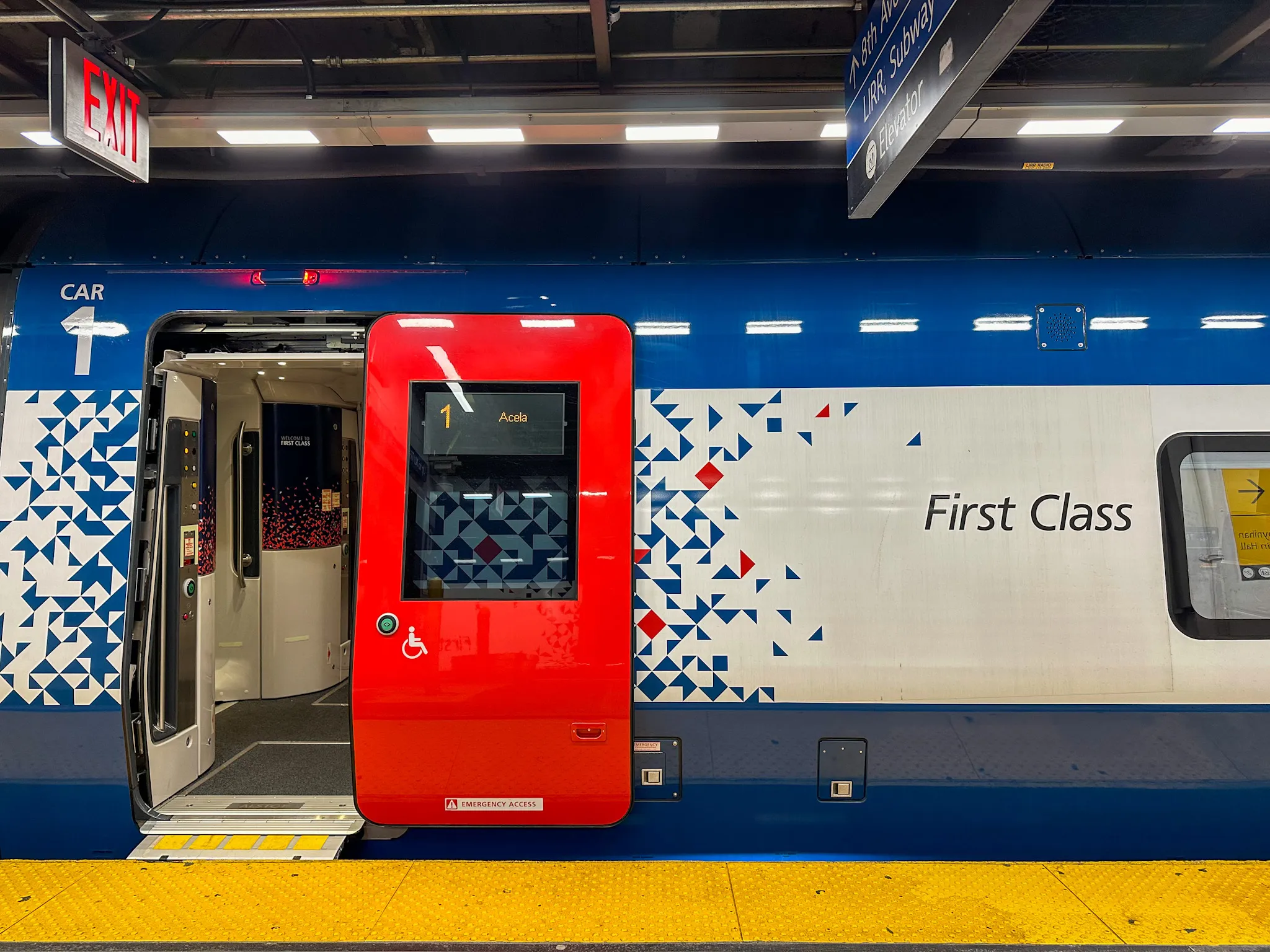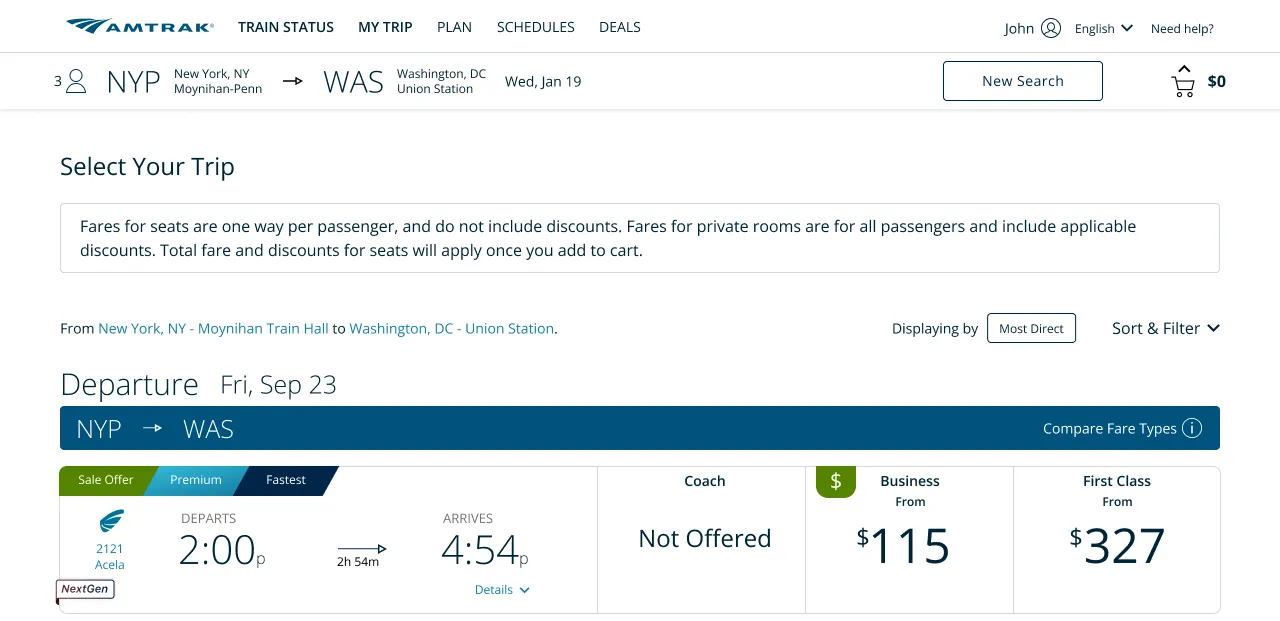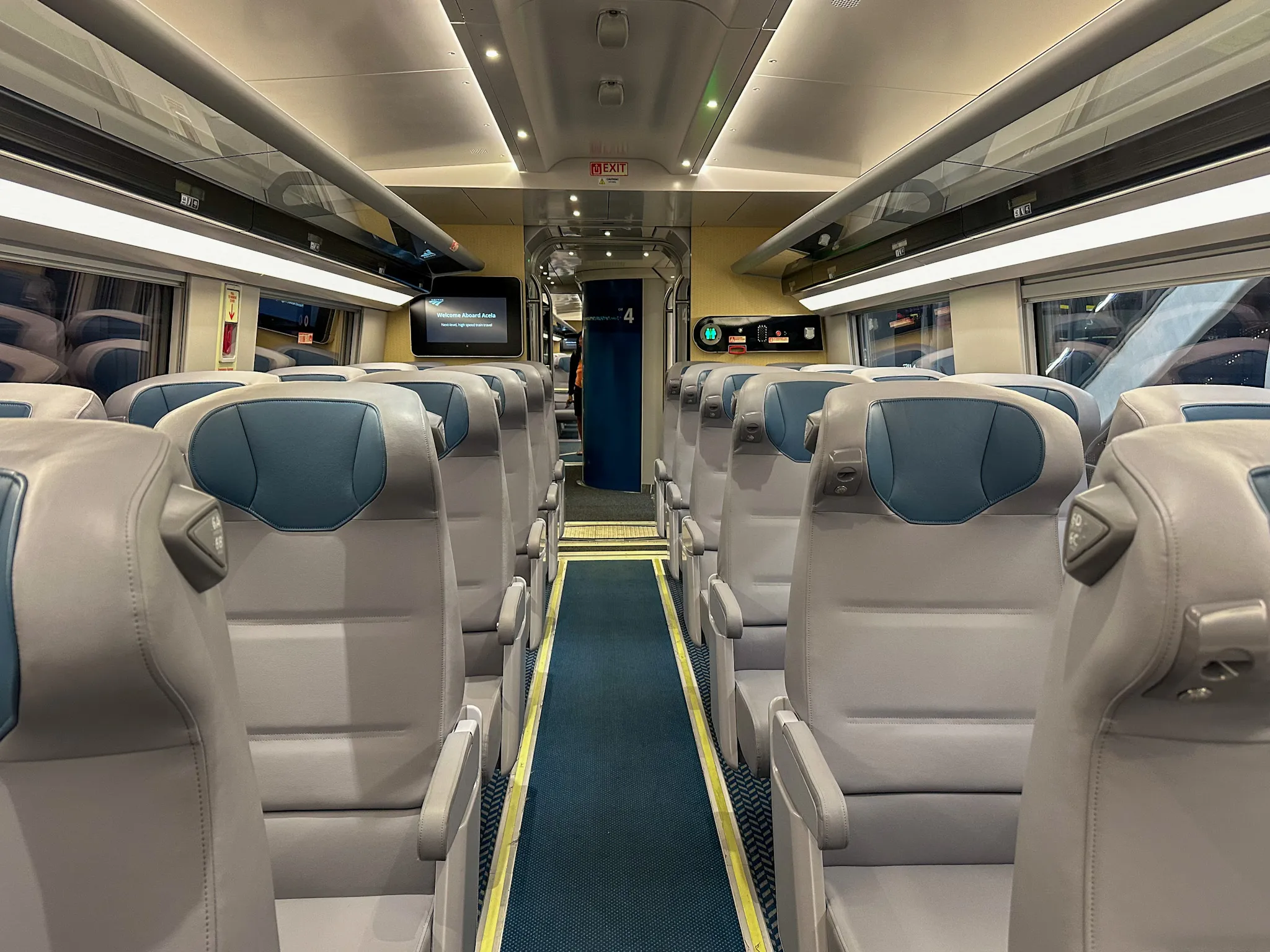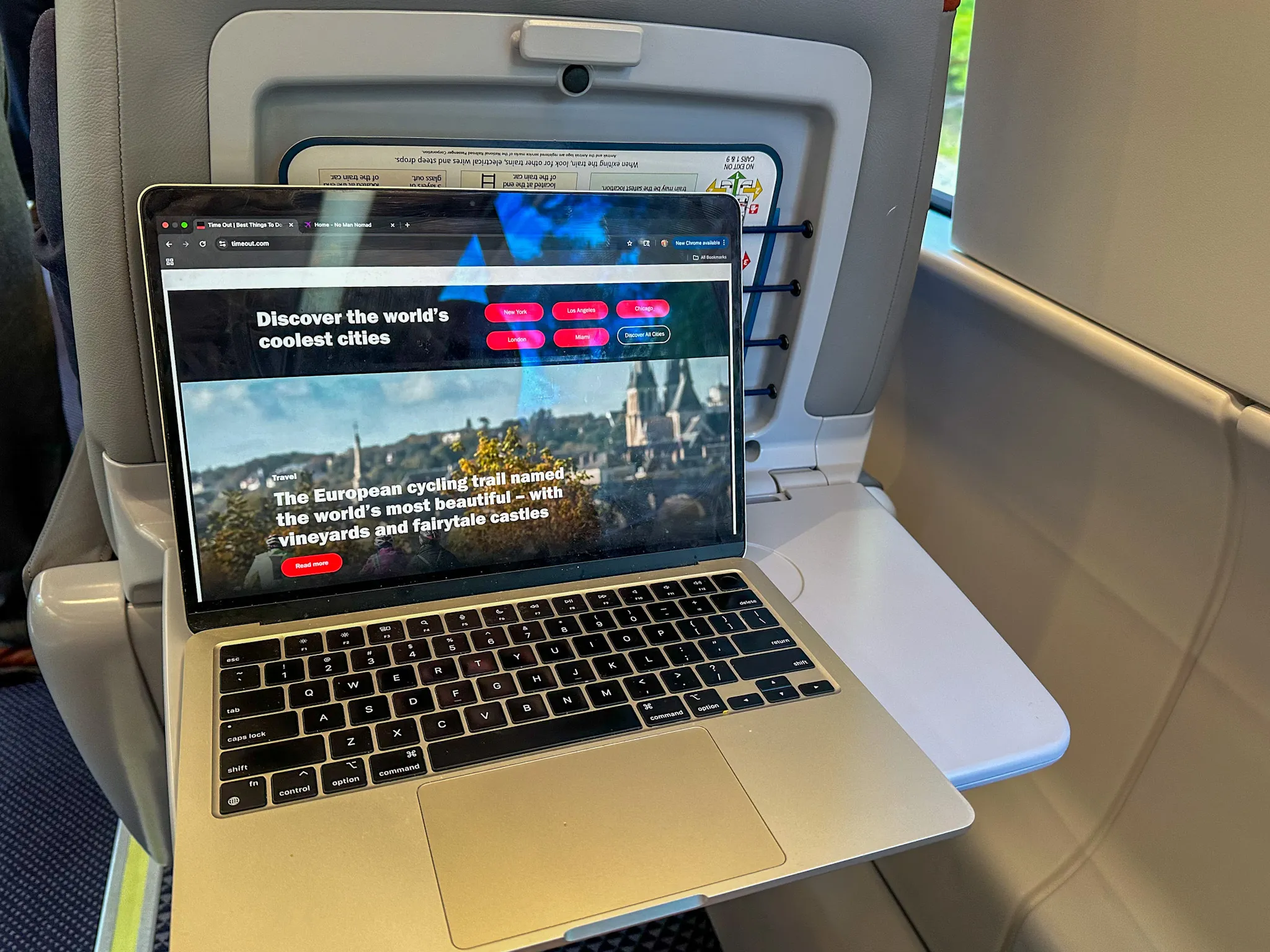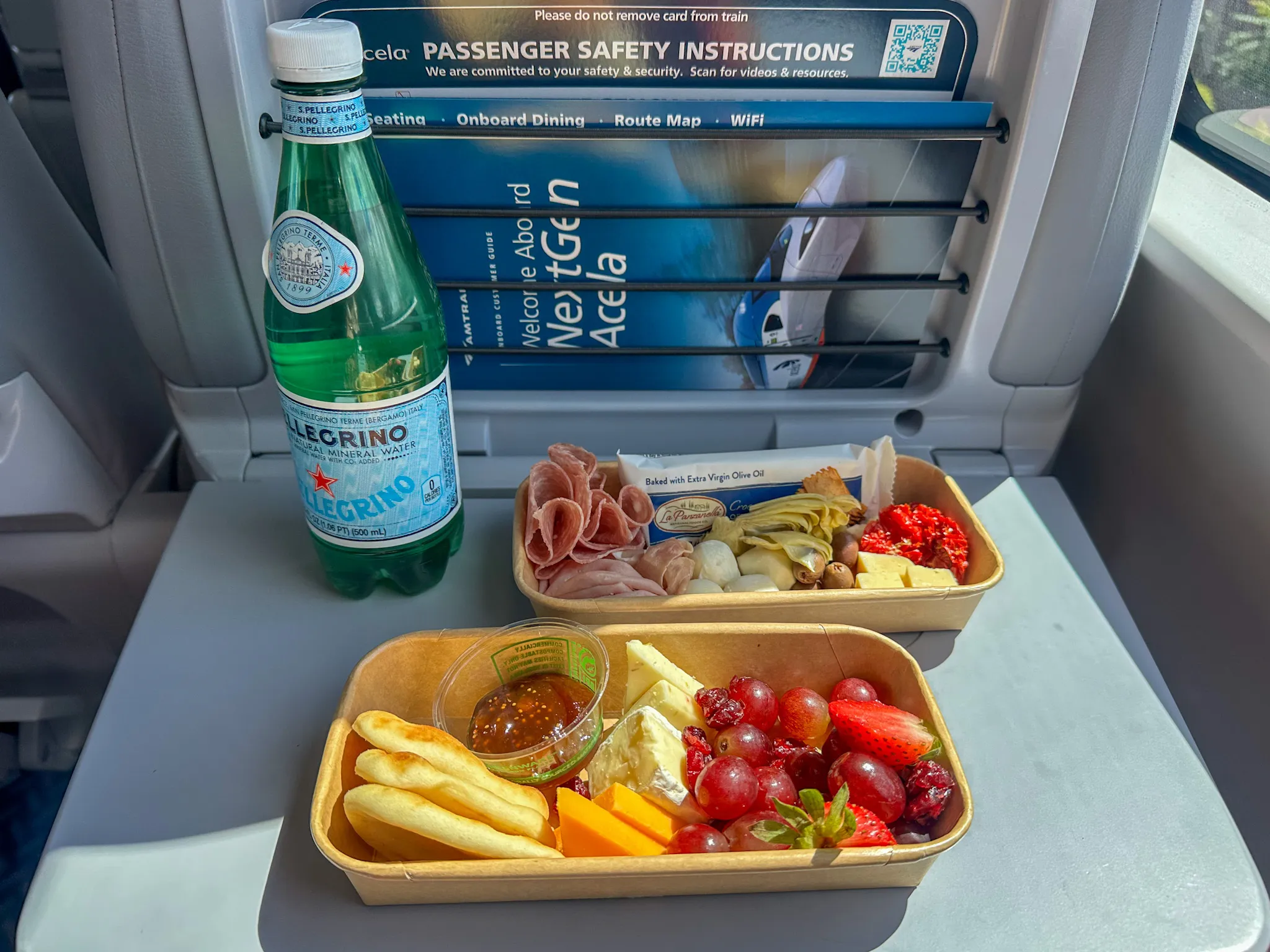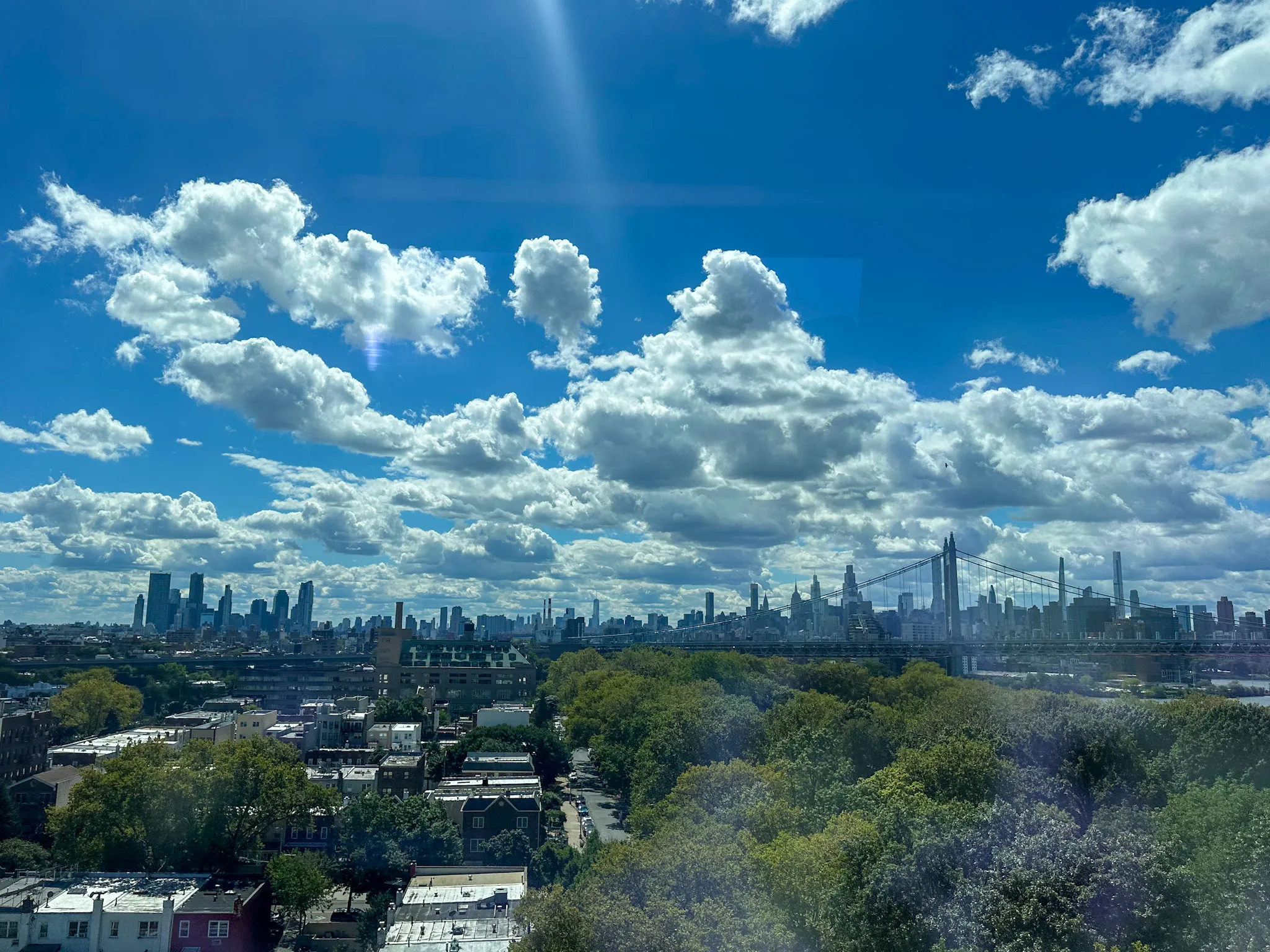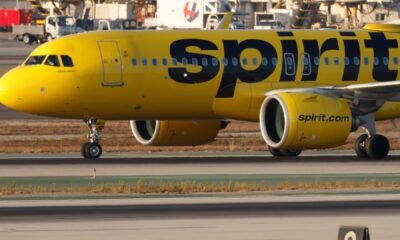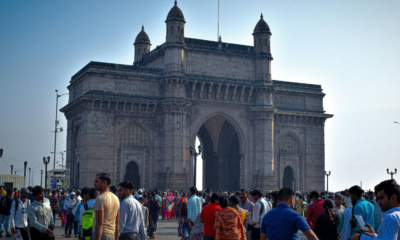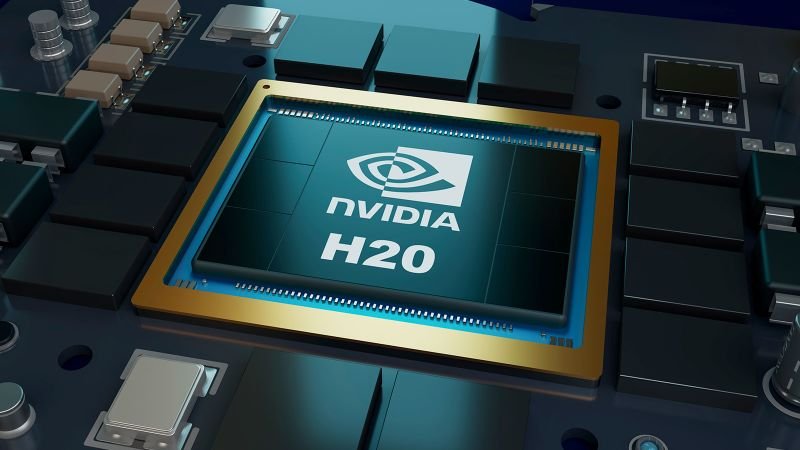A version of this story appeared in CNN Business’ Nightcap newsletter. To get it in your inbox, sign up for free here.
New York
—
For markets, the most important story of the week was, somehow, not the president’s attempted firing of a top Federal Reserve official. Instead, it was Nvidia’s earnings report, a quarterly event that, in the financial world, has taken on Super Bowl-level enthusiasm. (Seriously, the company has fans who throw watch parties for the occasion, complete with Mardi Gras beads.)
It’s not hard to see why folks are all fired up. If you’d invested $1,000 in Nvidia (NVDA) shares just two years ago, you’d be sitting on a $3,000 profit right now. The stock is up 30% this year, versus the S&P 500’s 10% gain. And quarter after quarter, Nvidia tends to blow past the consensus forecast on Wall Street. What’s not to love?
Well, for some investors, at least, the market around Nvidia is starting to look awfully bubbly. And not just because Sam Altman, the CEO of one of Nvidia’s customers, has publicly speculated that AI was a bubble.
Here are some of the reasons people are beginning to worry about the Nvidia story.
Reason No. 1: Nvidia is huge. But not just, like, “Oh, it’s a big company!” It is bigger, in terms of market value, than any public company ever. We often toss around its market capitalization — $4 trillion — as if that number makes any sense.
Consider that the world had never seen a $1 trillion public company until Apple crossed the threshold in 2018. Now we have nearly a dozen, almost all of them in the American tech sector.
Reason No. 1(a): That size makes Nvidia (pronounced in-vid-ee-uh) on its own account for 8% of the S&P 500. So, even if you don’t hold Nvidia shares, you gotta watch its results because they could swing the entire market. Zoom out even further: Nvidia’s market cap accounts for 3.6% of global GDP, according to Deutsche Bank. Yes. One single company, which gets half its revenue from just three customers, is that huge.
Reason No. 2: When we talk about the AI industry, we’re mostly talking about Nvidia. If you use ChatGPT, that’s powered by Nvidia chips. The same goes for Anthropic’s Claude, Google’s Gemini, Amazon’s…whatever Amazon’s chatbot is called — all of those products are powered by the processors made by this company that up until a few years ago was just a tech workhorse churning out processors that make video games look cooler.
(You may be thinking, Hey, Nvidia sounds kinda like a monopoly, to which I say, Please do not use the m-word around here, or else I’ll have to call the lawyers. Let’s just say Nvidia almost exclusively controls the supply of vital resources to an entire industry and enjoys monopoly-esque profit margins.)
So, if you follow the Gospel of AI and believe that the technology has the power to dismantle the entire global economy, Nvidia is your clear picks-and-shovels play.
But — and here’s why the focus on Nvidia is getting even more intense — what if the technology Nvidia is powering turns out to be, I dunno, not quite the revolution that your Sams Altman or Darios Amodei have promised? What happens to the picks and shovels when the gold rush goes bust?
Last week, I wrote that the AI vibe shift was underway, nearly three years after ChatGPT’s public debut set off a frenzy of investment and a nauseating amount of corporate pablum about how AI is going to change everything. A rash of bad AI headlines, combined with signs of a weakening economy, has rattled investors, sparking a tech sell-off last week and a lot of nail-biting ahead of Nvidia’s earnings.
To be fair, AI chatbots like ChatGPT have changed a lot — like how much we talk about AI, and it has seriously increased the use of the word “trillion” in the financial media. Chatbots have also been accused of pushing multiple people to suicide and fueling delusional spirals that ruin lives.
What AI hasn’t done is demonstrate a single use case that would even come close to justifying the hundreds of billions of dollars companies are pouring into it.
The frenzy isn’t limited to speculative delusions on Wall Street. There is actually so much real money behind the AI race that capital expenditures from American tech giants have contributed more to GDP growth this year than consumer spending has, according to Neil Dutta, head of economic research at Renaissance Macro Research.
I’m going to repeat that, because it’s one of the craziest things I’ve ever read: AI-related capex has contributed more to US economic growth this year than consumer spending.
Consumer spending! That’s the engine of the economy — some 70% of our GDP. That’s just an insane concentration of capital to build infrastructure for what could end up being just another vial of Silicon Valley snake oil.
“Ultimately, investment only makes sense insofar as it raises productivity and real wages and consumer spending,” Dutta said in a podcast. “That’s not yet happening.”

